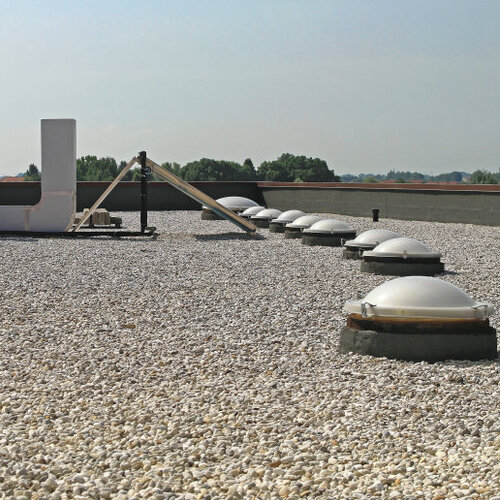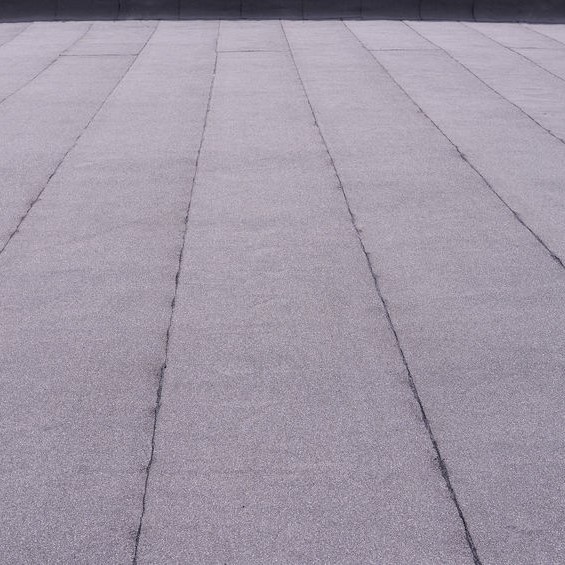
Keep Your Roof Safe
Spring has sprung and summer has come to an end here in Spring, Texas. Now we’re in the midst of winter, and if anything is like it was in February of 2021, we could see unusual cold and snow. That’s why now is the time to check if your home needs any storm damage roof repair before any possible snowfall.
What is considered storm damage on a roof?
As a homeowner, it is important to know how to tell if a roof has storm damage. Most homeowners do not do a daily roof examination, even though it is the major component providing us protection from the elements.
A roof is designed to hold up to strong elements like rain, snow, and winds. After a while though, a heavy storm can be too much for a roof, leaving you with storm damage roof repair needs. After a major storm event, it is recommended by experts to get a professional roof inspection because not all storm damage is visible from the ground.
Here are three important signs that you need a storm damage roof repair service:
- Wind Damage
With storms coming in from the coast and storms arriving from the north, there is a lot of wind, and that can do significant storm damage. So here’s a question many homeowners find themselves asking – “How do I know if my roof has wind damage?” Roof repair may include replacing missing shingles or replacing or securing metal roof flashing.
Damaged, loose, or missing flashing can leave your roof at risk with vulnerable spots that flashing protects. The damaged shingles where the adhesive seal has been broken can often be visualized by horizontal lines on the shingle or you may see missing granules, both leaving your roof at risk for leaks.
- Hail Damage
Hailstorm roof damage is typically caused by hailstones that bruise asphalt shingles, leaving an indention or pock-mark on the shingles. Hail damage often leaves a distinct pattern of small round divots along the edges of the shingles, too. The flashing will show signs of hail damage with round indentations in a repeated pattern of round spots. Hail damage can also knock granules off the shingles, which can be found in the gutter runs.
- Falling Debris
Tree branches and entire trees are victims in major storms. When they land on your roof, they can crack the shingles, or even bust through the roof. The cracked shingles are a major storm damage roof repair job; a busted hole in the roof is an entire roof replacement.
Can an ice storm damage a roof?
Definitely, and here are the three most common types of winter storm damage roof repairs are needed:
Water Damage
Freezing rain or ice can cause serious damage to a roof, with a particular problem being ice build-up in the gutter system. This prevents the melted ice and snow from draining and running to the downspouts. If the gutter or downspouts are clogged, the accumulated water gets under the shingles, refreezes, and causes the shingles to break, or the water will seep into the under decking, into the attic, and into the house. It will also seep into the walls. It only takes a few inches of water to cause extensive damage to the interior. It can affect the electrical wiring and mildew, with mold growing from there.
Snow Damage
This part of Texas normally doesn’t see snow, but early 2021 showed us it’s possible. It only takes a few inches to cause snow storm roof damage and a need for repairs to be done. This can be an especially risky problem with a flat roof where snow can’t melt and slide off the roof.
Often, a homeowner will use a snow shovel to remove the snow from their roof and end up damaging the shingles. Or worse, they apply calcium chloride or rock salt to the roof to melt the snow, which can inadvertently damage the shingles. This type of snow removal will usually void any warranty for the shingles and may get any insurance claim denied.
Wind Damage
It isn’t uncommon for those high Texas winds to cause a need for storm roof damage repairs, usually because of loose shingles that are blown off with those blustery cold winter winds. Then, if there is any hail within those winds, it compounds the need for roof repair or replacement.
Does insurance cover roof damage from a storm?
A basic homeowners insurance policy will typically help cover some storm roof damage roof repairs, including hail, lightning, and winds. What isn’t covered is any damage caused by earthquakes or floods. It is important to read and review your policy to learn and remind you what is covered and what isn’t. If you’re unclear, calling your agent to explain is recommended.

In Closing – What do I do if a storm damages my roof?
There are a few important steps you need to take starting with finding out the who and how to get emergency roof repair after storm damage. The following is a roof storm damage checklist to follow if you find yourself in the position of storm damage roof repair or replacement needs:
- Assess the damage. Walk around your home and look at the roof, identifying any damaged areas using binoculars. Do not attempt to climb on the roof! Get an estimate of the square foot damaged area and make notes with specific details of the damage. Document all damage with notes and pictures. Are there missing shingles? Exposed plywood or roofing felt? Note the color of the shingles too.
- Make temporary fixes: If you have severely damaged areas above your living space, you need to take steps to prevent any further water. Do this by placing a bucket under leaks and make sure to remove any valuables from the area. If there are holes in the roof, fasten a plastic tarp over the hole, securing it with nailed-down 2×4 boards.
- Contact the insurance company: Notify your insurance company and file a claim. Follow any instructions they provide.
- Contact a contractor: Your insurance company provides a list of contractors or find contractors on your own. Make sure they are certified, licensed, and have local, recent references. Follow through with reference checking, asking specially if they had storm damage roof repair done.
By doing all these things, you have a far better chance of your roof surviving even the worst storms that blow through. Meanwhile, if you do need storm damage roof repair, you can be sure you get it taken care of ASAP.













































